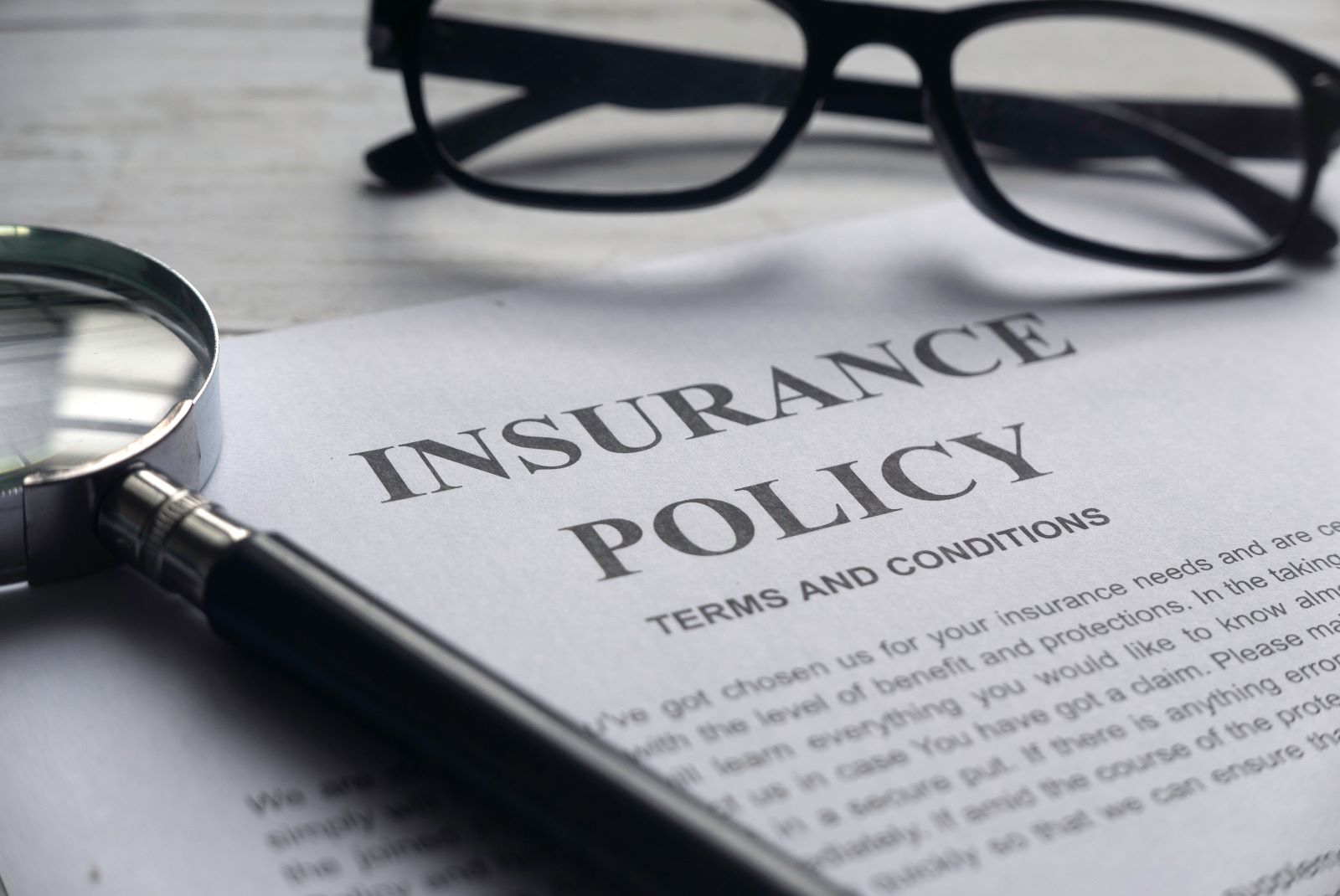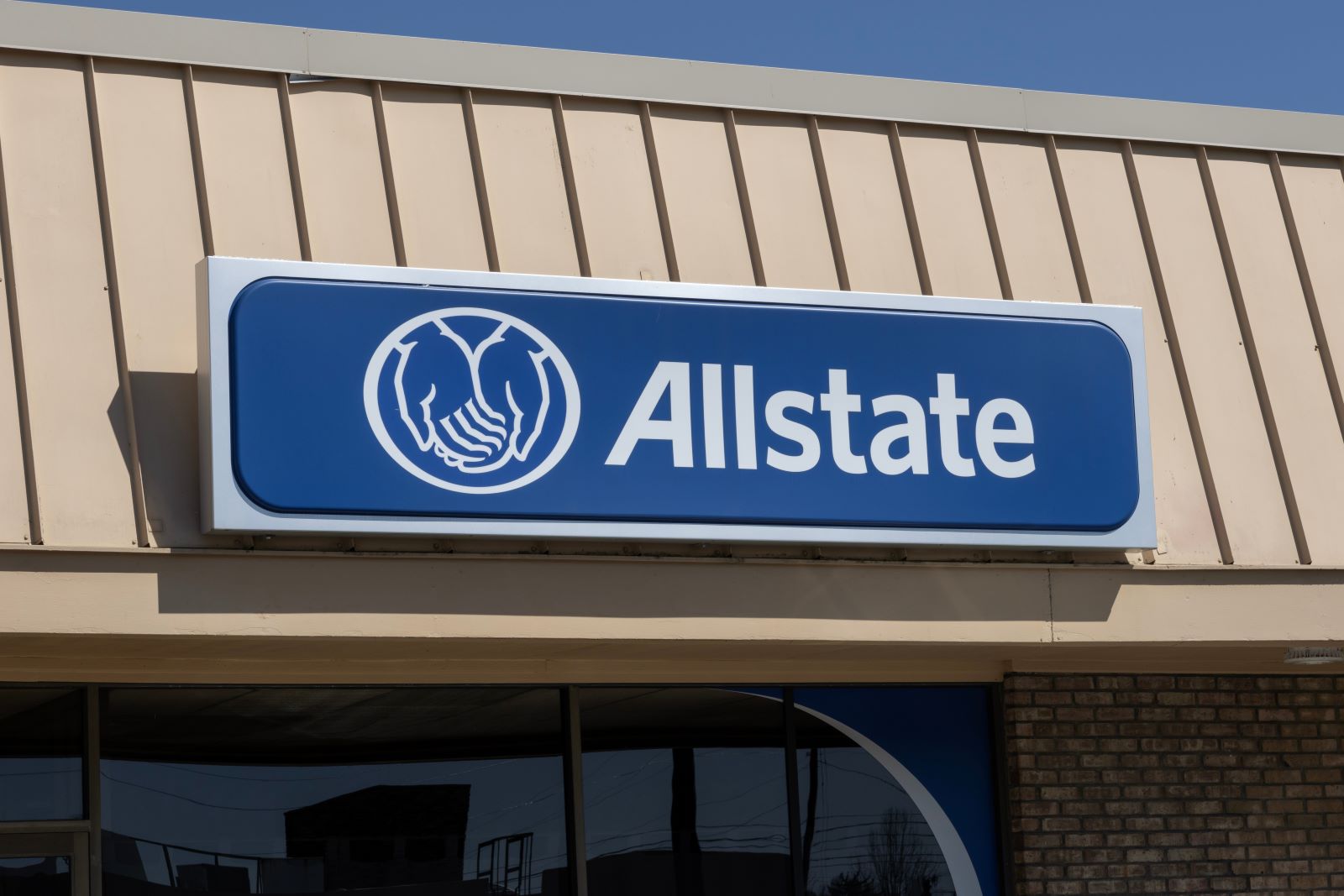Facing a sudden, unexpected increase in your insurance premiums can be frustrating and financially draining. However, you don’t have to accept it without a fight. By understanding your rights and taking the right steps, you can challenge an unfair rate hike.
1. Request a Detailed Explanation from Your Insurer

Image Credit: Shutterstock / Ground Picture
The first step in challenging a rate hike is to contact your insurance company and request a detailed breakdown of why your premium increased. Companies like Geico and State Farm are legally obligated to provide this information. Understanding the specific reasons can help you identify whether the increase is justified or if there’s been a mistake.
2. Compare Rates with Other Insurers

Image Credit: Shutterstock / Korawat photo shoot
Use comparison tools like The Zebra or NerdWallet to check how your current premium compares to other insurers in your state. If you find a significant difference, bring this information to your insurer as leverage to negotiate a better rate.
3. Verify Your Driving Record

Image Credit: Shutterstock / RYO Alexandre
Your premium is often tied to your driving record, so check with your state’s Department of Motor Vehicles (DMV) to ensure that your driving record is accurate. In states like Texas, where even minor violations can lead to a rate hike, correcting any errors on your record could result in a reduction of your premium.
4. Challenge Credit-Based Insurance Scores

Image Credit: Shutterstock / Sean Pavone
In states like Michigan and California, insurers are prohibited from using your credit score to determine rates, but this practice is still common elsewhere. If your rate hike was based on a dip in your credit score, you can dispute this with your insurer by providing evidence that your credit has improved or challenging any inaccuracies on your credit report.
5. Ask About Discounts You May Qualify For

Image Credit: Shutterstock / inewsfoto
Some insurers, like Progressive and Allstate, offer discounts that you might not be aware of, such as bundling auto and home insurance, safe driver discounts, or discounts for installing anti-theft devices. Ask your agent to review your policy to ensure you’re getting all the discounts you qualify for.
6. File a Complaint with Your State’s Insurance Commissioner

Image Credit: Shutterstock / Luciano Mortula – LGM
If you believe your rate hike is unjustified, file a complaint with your state’s insurance commissioner. States like California and New York have strong regulatory bodies that can investigate and potentially reverse unfair rate hikes. This is particularly effective if you believe the insurer violated state laws regarding how premiums can be calculated.
7. Consider a Usage-Based Insurance Policy

Image Credit: Shutterstock / Faizal Ramli
Some insurers, like Nationwide and Liberty Mutual, offer usage-based insurance policies, where your premium is based on your actual driving habits rather than general risk factors. If you drive infrequently or safely, switching to this type of policy could lower your premium.
8. Negotiate a Higher Deductible

Image Credit: Shutterstock / Indypendenz
Raising your deductible is one way to lower your monthly premium. If you’re willing to take on more financial responsibility in the event of an accident, most insurers, including USAA and Farmers, will reduce your premium in exchange for the higher deductible.
9. Review Your Coverage Limits

Image Credit: Shutterstock / insta_photos
Review your policy’s coverage limits and consider reducing them if your current coverage is more than you need. For example, if your car is older and has lost significant value, you might not need comprehensive or collision coverage. Reducing these coverages can significantly lower your premium.
10. Dispute Unfair Claims History

Image Credit: Shutterstock / NEFLO PHOTO
If your premium was raised due to claims history, review your claims to ensure they were accurately reported. In states like Florida, where even non-fault claims can increase your premium, disputing unfair claims or clarifying non-fault status with your insurer can help reduce your rate.
11. Check for Errors in Your Policy

Image Credit: Shutterstock / fizkes
Insurance policies are complex, and errors happen. Review your policy for mistakes, such as being charged for coverage you didn’t request or being assigned the wrong vehicle type. Inaccurate information can lead to unfair rate hikes, and correcting these errors can lower your premium.
12. Ask About Safe Driver Programs

Image Credit: Shutterstock / Jonathan Weiss
Many companies, like Allstate and Liberty Mutual, offer safe driving programs that reward good driving behavior with reduced premiums. These programs use telematics devices or mobile apps to monitor your driving habits. Enrolling in one of these programs can counteract a rate hike caused by previous incidents.
13. Seek Legal Advice If Necessary

Image Credit: Shutterstock / PanuShot
If you believe your rate hike is illegal or discriminatory, consulting with a lawyer specializing in insurance law may be necessary. This is particularly important in states with strong consumer protection laws, like California, where a lawyer can help you navigate the regulatory landscape.
14. Opt for a Defensive Driving Course

Image Credit: Shutterstock / Aleksandar Malivuk
Many states and insurers offer discounts for completing a defensive driving course. In states like New Jersey and Pennsylvania, these courses can reduce your premium by as much as 10%. If your rate increased due to an accident or traffic violation, completing a course can help mitigate the impact.
15. Reevaluate the Type of Vehicle You Drive

Image Credit: Shutterstock / RYO Alexandre
If your rate hike was related to the type of vehicle you drive, consider whether switching to a less expensive-to-insure vehicle is an option. For example, luxury cars and sports cars tend to carry higher premiums. Switching to a safer, more practical vehicle can lead to lower rates.
16. Review Mileage-Based Discounts

Image Credit: Shutterstock / Hadrian
Insurers like Metromile and Allstate offer discounts for low-mileage drivers. If your rate increased but you drive fewer miles than the average driver in your state, you may qualify for a reduction based on your actual mileage.
17. Pay Attention to Rate Caps in Your State

Image Credit: Shutterstock / Jacob Boomsma
Some states, such as California and New York, have laws that cap how much insurers can raise premiums annually. Research your state’s regulations and use this information when disputing a rate hike. If your insurer violated these caps, you have grounds for a reduction.
18. Request a Re-Evaluation Based on New Circumstances

Image Credit: Shutterstock / garagestock
If your financial or personal circumstances have changed since your policy was last reviewed, request a re-evaluation of your premium. For instance, if you’ve paid off your car or recently improved your credit score, insurers like Geico and State Farm may offer you a better rate after reconsideration.
19. Check for Automatic Rate Hikes Due to Age

Image Credit: Shutterstock / Ground Picture
Some insurers automatically raise premiums as drivers age, particularly for those over 65. If this applies to you, ask your insurer for a breakdown of the increase and inquire about discounts or other options to counteract the hike.
20. Switch Insurers if Negotiations Fail

Image Credit: Shutterstock / jd8
If all else fails and your insurer is unwilling to negotiate or reduce your rate, consider switching providers. Use comparison sites to find a better deal, and don’t hesitate to change companies if you find more favorable rates elsewhere.
Take Control of Your Insurance Costs

Image Credit: Shutterstock / mojo cp
Challenging an unfair insurance rate hike is not only possible, but often necessary to protect your financial interests. Are you ready to take control of your insurance premiums and fight back against unfair rate hikes?
Police Magnet: 7 Cars That Guarantee You’ll Get Pulled Over

Image Credit: Shutterstock / sirtravelalot
Driving certain cars can make you more noticeable to law enforcement, even if you’re abiding by all the rules. Are you driving one of these “police magnets”? Here are seven cars that seem to attract more police attention than others. Police Magnet: 7 Cars That Guarantee You’ll Get Pulled Over
The Classic Cars That Were Total Clunkers

Image Credit: Pexels / Pixabay
Nostalgia has a funny way of making the past seem better than it was, especially when it comes to cars. But here’s the hard truth: some of those “classic” cars your dad raves about were real clunkers. Here’s a closer look at why some of those so-called “classics” weren’t all they were cracked up to be. The Classic Cars That Were Total Clunkers
The Worst U.S. Cars Ever Made: A Retro List

Image Credit: Pexels / Be The Observer
The U.S. auto industry has produced some incredible vehicles, but not every model was a hit. Here’s a look back at 16 of the worst cars ever made in the U.S., each infamous for its own unique flaws. The Worst U.S. Cars Ever Made: A Retro List
Featured Image Credit: Shutterstock / TetianaKtv.
The content of this article is for informational purposes only and does not constitute or replace professional advice.
The images used are for illustrative purposes only and may not represent the actual people or places mentioned in the article.
For transparency, this content was partly developed with AI assistance and carefully curated by an experienced editor to be informative and ensure accuracy.



